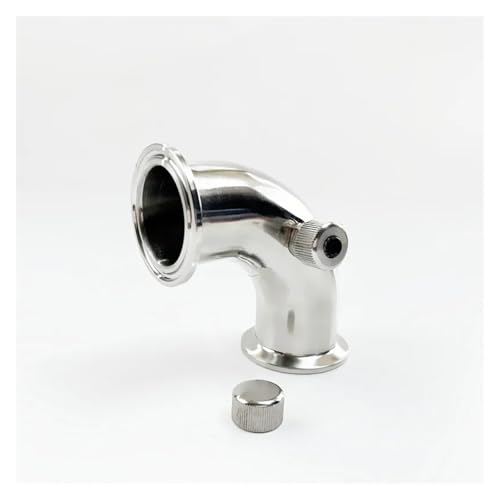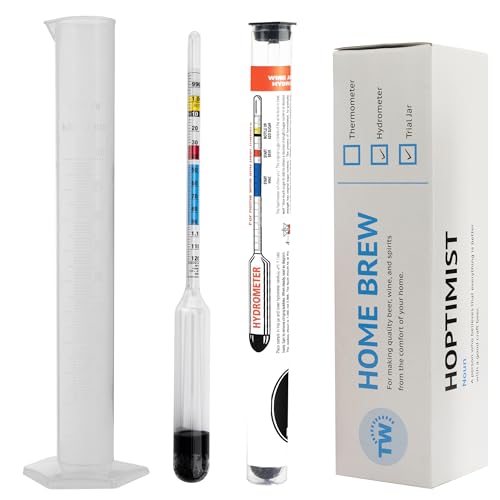Am I right in thinking that bottle gushers can only be due to infection or over-priming?
Yesterday I opened a bottle from my latest batch and it gushed. Immediately cursed myself for brewing in June, thinking it was a wild yeast infection - but it tasted OK. It had definately finished fermenting and wasn't over-primed. Today I opened a bottle from an earlier batch and it too gushed, but this was brewed back in April at a more "safe" time of year, just after the long winter. Again it tasted OK, both were malty beers so you'd detect an infected taste pretty quick.
I've had infections before so I know that they taste bad, they also seem to produce a lot of brown detritus in the bottle of bottles. Neither of my recent gushers are like this. The only thing is that I've struggled to keep the bottles cool during the hot summer, even in the coldest places it's been 26C at times - could this heat have re-activated the yeast and re-started CO2 production? Both brews had low FGs and yeast attentuation rates as expected: one brew was 1045->1010, the other was 1060->1013.
Yesterday I opened a bottle from my latest batch and it gushed. Immediately cursed myself for brewing in June, thinking it was a wild yeast infection - but it tasted OK. It had definately finished fermenting and wasn't over-primed. Today I opened a bottle from an earlier batch and it too gushed, but this was brewed back in April at a more "safe" time of year, just after the long winter. Again it tasted OK, both were malty beers so you'd detect an infected taste pretty quick.
I've had infections before so I know that they taste bad, they also seem to produce a lot of brown detritus in the bottle of bottles. Neither of my recent gushers are like this. The only thing is that I've struggled to keep the bottles cool during the hot summer, even in the coldest places it's been 26C at times - could this heat have re-activated the yeast and re-started CO2 production? Both brews had low FGs and yeast attentuation rates as expected: one brew was 1045->1010, the other was 1060->1013.













































